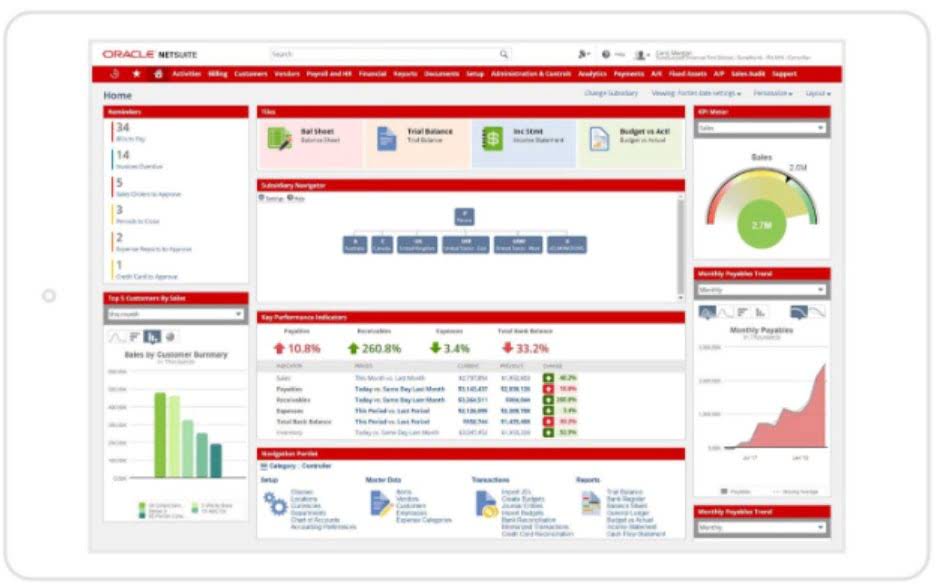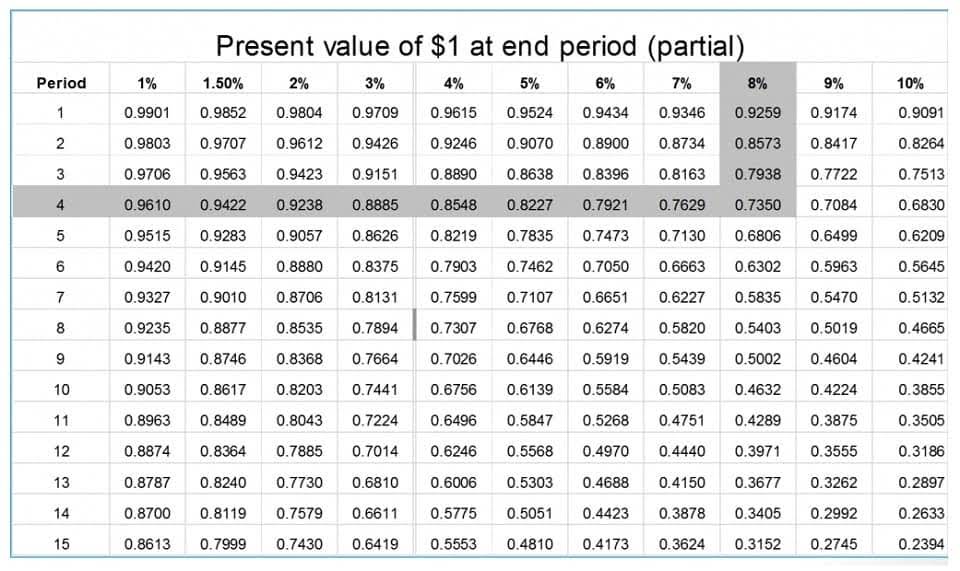
There are a number of factors that impact which inventory valuation method you should use. Tax considerations play a large role in your choice, but tax impact shouldn’t be the only thing you consider how to do lifo and fifo when choosing between FIFO and LIFO. Many businesses find this requirement alone negates any benefits of LIFO valuation.

Below are the Ending Inventory Valuations:

This means the value of inventory is minimized and the value of cost of goods sold is increased. This means taxable net income is lower under the LIFO method and the resulting tax liability is lower under the LIFO method. When sales are recorded using the FIFO method, the oldest inventory–that was acquired first–is used up first. FIFO leaves the newer, more expensive inventory in a rising-price environment, on the balance sheet. As a result, FIFO can increase net income because inventory that might be several years old–which was acquired for a lower cost–is used to value COGS.
How Do LIFO and FIFO Affect Cost of Goods Sold?

Siim Kanne is a production management specialist with more than 15 years of experience in customer-facing roles, sales, onboarding, and technical support. His hands-on experience with thousands of clients and involvement in product development has made him a trusted advisor in the manufacturing software industry. If you’re doing business internationally, you need to follow global accounting rules. IMS software can help you stick to FIFO, ensuring you’re playing by the rules no matter where you operate.
- The average cost method takes the weighted average of all units available for sale during the accounting period and then uses that average cost to determine the value of COGS and ending inventory.
- FIFO and LIFO are the two most common inventory valuation methods used by public companies, per U.S.
- The principle of LIFO is highly dependent on how the price of goods fluctuates based on the economy.
- It allows them to record lower taxable income at times when higher prices are putting stress on their operations.
What Is Inventory?
On the other hand, companies with slower inventory turnover may opt for FIFO, as assets = liabilities + equity it ensures a more accurate match between inventory costs and revenue. It’s only permitted in the United States and assumes that the most recent items placed into your inventory are the first items sold. Under LIFO, you’ll leave your old inventory costs on your balance sheet and expense the latest inventory costs in the cost of goods sold (COGS) calculation first. While the LIFO method may lower profits for your business, it can also minimize your taxable income. As long as your inventory costs increase over time, you can enjoy substantial tax savings.
- LIFO, on the other hand, can reduce taxes during inflation but adds complexity and isn’t accepted under global accounting standards.
- The alternate method of LIFO allows companies to list their most recent costs first in jurisdictions that allow it.
- LIFO, on the other hand, can be more complex because it requires detailed tracking.
- The other 10 units that are sold have a cost of $15 each and the remaining 90 units in inventory are valued at $15 each or the most recent price paid.
- Nonperishable commodities (like petroleum, metals and chemicals) are frequently subject to LIFO accounting when allowed.
- The inventory valuation method you choose will depend on your tax situation, inventory flow and record keeping requirements.

Weighted Average Cost (WAC) calculates the average cost of all items available in your inventory over a period of time. It is useful for smoothing price fluctuations and is often used by companies with large inventories of undifferentiated products. Higher reported gross income also leads to an inflated representation of profits. A company generates the same amount of income and profits regardless of whether they use FIFO or LIFO, but the different valuation methods lead to different numbers on the books.
